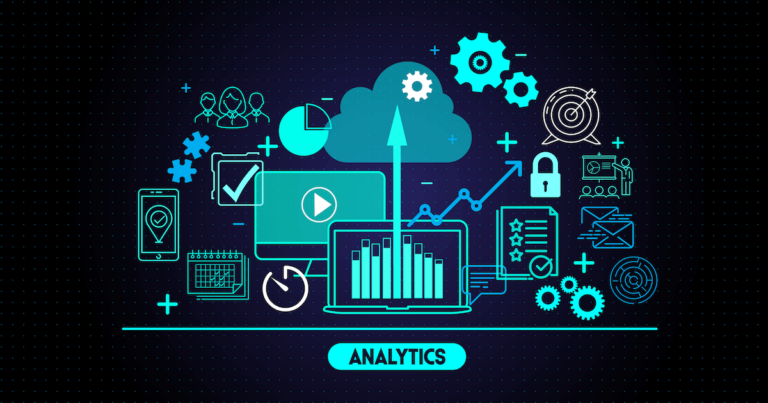I learned more about basic hardware concepts in Chapter 4. In contrast to software, which consists of the program instructions, hardware refers to a computer’s actual hardware. The arithmetic logic unit (ALU) of the central processing unit (CPU) handles arithmetic and logic operations. The CPU is the brains of the computer. While input devices like keyboards and screens enable user interaction, memory, also known as RAM, is responsible for storing data.
When I was researching storage, I discovered that there are two types of drives: solid-state drives (SSD) and hard disk drives (HDD), with SSDs being a more recent, chip-based option. Caches improve program speed by offering incredibly quick access to data and instructions. Different kinds of computers were introduced, each with a distinct purpose, such as servers, PCs, laptops, tablets, and smartphones.
User interactions are facilitated by common input devices such as keyboards, mice, touchscreens, and speech recognition software. Print materials are digitized by scanners, and information is presented in a variety of formats by output devices such as printers, projectors, and monitors. Moore’s Law, which states that integrated circuit (IC) capacity doubles every 1.5 to 2 years, exemplifies how quickly hardware is developing.
Hardware trends include multi-core processors such as dual-core and quad-core chips, server farms with thousands of servers, and specialized graphics processing units (GPUs) for effective graphics and video processing. Embedded computers, which are incorporated into electronic gadgets like automobiles, demonstrate how ubiquitous hardware is in contemporary technology.
For this section we had a hardware dissection lab and discussion . For the discussion I talked about various components of computer hardware CPU was my favorite component I found the dissection lab a bit challenging.

Links to Homework
https://sites.psu.edu/dara/files/2023/12/https.docx



